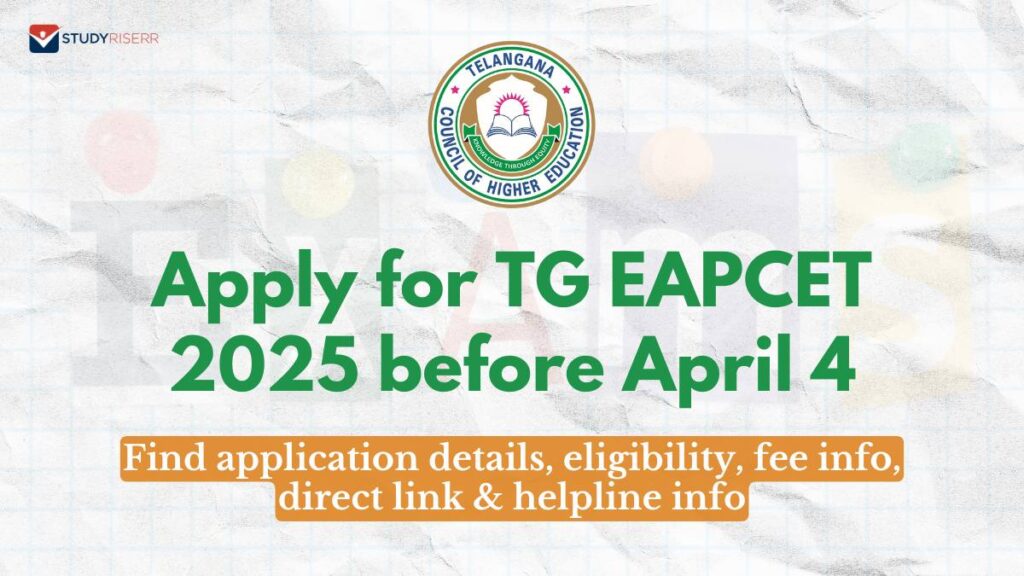Here are the 10 important facts about the FAFSA that every student should know:
Table of Contents
Toggle1. Completing FAFSA may qualify you for different types of financial aid:
Most of the financial aid is available only for the students who complete the FAFSA form. It can open up many different types of aid to help you to pay the college and it is completely free.
2. FAFSA Stands for Free Application for Federal Student Aid:
The FAFSA is a need-based financial aid for the students offered by the federal government and it is completely free to apply. By using the information from the FAFSA, colleges determine if the student is eligible for federally funded scholarships, grants, and loans. Colleges also use this information to provide private scholarships from their own funds, and other states may require the FAFSA to determine state-funded college aid.
3. Apply for the FAFSA form even if you believe you won’t qualify:
There are various reasons why some students don’t fill up the FAFSA. They believe their family income is too high to qualify the financial aid or that the process is just too complicated. But those who fill up the FAFSA, will at least qualify for a federally insured, direct student loan and perhaps other grants, work-study, or loans.
4. FAFSA asks for information about students and parents:
To fill up the FAFSA, students will need a contributor, who will report information on their FAFSA. A contributor could be the biological parent of the student / adoptive parent / stepparent / anyone the student is depended on.
5. FAFSA won’t tell you how much financial aid you will get:
Usually, the information provided on your FAFSA application will only determine your Student Aid Index (SAI), a number that colleges use to determine a student’s eligibility of financial aid. It is not an exam dollar amount that student and their families will get to pay the college fees. After completing the SAI, students will get a submission summary containing the official SAI calculation and the eligibility to receive a Federal Pell Grant.
6. Complete the FAFSA as soon as possible:
The FAFSA is usually released on every October 1. Make sure to fill up the application form and submit it before the FAFSA deadline set by the institute you are planning to apply. If you fill out the FAFSA as soon as possible, you will get some advantages. Because many institutes distribute the financial aid on a first come first served basis.
7. Contributors must have an FSA ID and provide consent:
To fill up the FAFSA, all contributor must have a StudentAid.Gov account and an FSA ID, so that they can provide their consent to having their federal tax information transferred directly from the IRS into the FAFSA form. The contributor must give consent, even if they do not have a social security number, never file taxes, or file taxes in another country. Without the consent of the contributors, the student is not eligible for any federal aid other than a direct unsubsidized loan.
8. Select up to 20 Colleges to receive your FAFSA and student aid report:
You can add up to 20 colleges on your online FAFSA application form and up to 10 schools on the paper-based application form. Regardless of the online or paper based FAFSA application form, please be sure to list at least one school on your form. You can always add more schools to your FAFSA after you submit it or you can remove previously added schools on your form. Those selected colleges will get the FAFSA Submission Summary after submitting the form, but they won’t see the other colleges that you have selected on your FAFSA form.
9. FAFSA help is available:
If you need any help filling up the FAFSA form, then you can ask for help without any hesitation. There are various resources available that will help you, including the high school guidance counsellor, the financial aid office of a school you are applying to, etc.
10. Called for the FAFSA verification process:
Sometimes, you have to provide your documents to the colleges for verification. Some schools verify all the student’s forms and some select randomly. Make sure to save the records and materials that you have used to fill up the FAFSA form.
How to Fill Up the FAFSA
There are mainly two ways to fill up the FAFSA.
- Online at studentaid.gov
- By printing the FAFSA form, and then mailing it to the address on the form
We suggest you fill up the FAFSA form online. It provides some useful tips to understand the questions, which can make it a lot easier to fill out and submit the application. While filling up the online form, you will be asked to create a federal student aid ID (FSA ID). To create an FSA ID, you will need a Social Security Number, Name, and Date of Birth. Your FSA ID will be used to sign the online form. Also, one of your parents has to sign off on your FAFSA, so they will need to create an FSA ID too.





